Potatoes have been a staple food for centuries all over the globe. They seem to be extremely versatile and a survivor of ages. When you think of potatoes, I bet there are several different ways to cook them that come to mind.
Boiled, broiled, baked, roasted, fried, or mashed — and that’s just the different ways they can be cooked. When it comes to recipes, there seems to be an unlimited supply. Aside from all of the ways to cook a potato, have you ever looked into how many different varieties actually exist? So many!
Potatoes can be kept for months as long as you know how to store potatoes correctly. And with so many ways to use them, why not keep a supply on hand? This article will explain how to store potatoes so you get the optimal time and use out of this lovely tuber — whether you grow them on your homestead, or buy them at the store.
How To Store Potatoes That Are Freshly Dug
Once you’ve harvested all of your potatoes, properly clean and cure them before storage. If your soil is sandy, you just brush the soil off the potatoes and proceed to the next step, but if your soil is sticky, then it’s imperative to actually wash them. It’s imperative because sticky soil can cling to the potatoes which can lead to the production of too much moisture and rot.
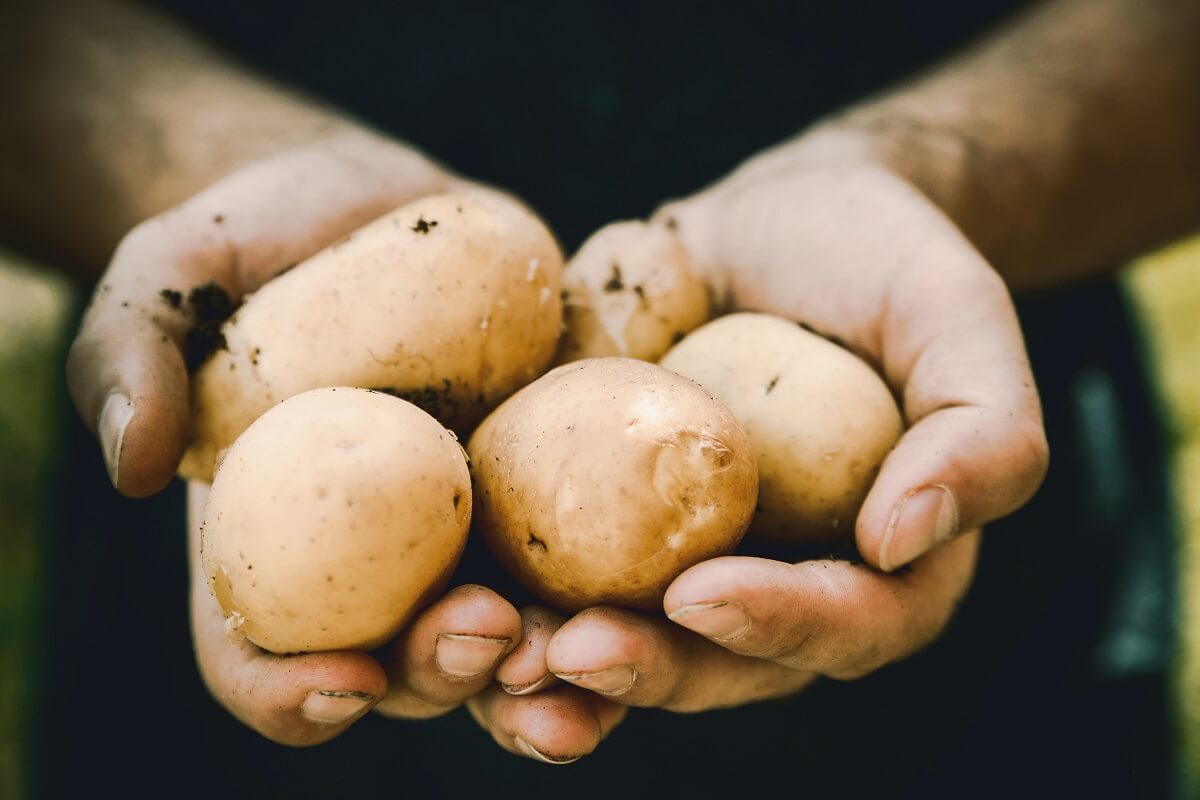
Be sure to allow the tubers to completely dry before curing and storing. According to The University of Nebraska-Lincoln, curing your potatoes before storing them allows their skins to thicken and any cuts to heal.
How To Store Potatoes Short-Term
If you are only going to be storing the potatoes for a short period of time, continue reading here, but if you intend on long-term storage, feel free to skip ahead.
When you’re going to be using your potatoes in a shorter amount of time, it’s okay to store them in a potato bin or a cool dry spot in your kitchen. Be sure to keep them stored out of the sunlight and away from any equipment that gets hot. You want them to stay cool.
Sunlight and moisture can cause potatoes to sprout. That’s great if you’re going to plant them, but if you’re planning on using them for meals, you want to avoid sprouting.
Sunlight can also cause solanine to present itself in your tubers. Solanine can make you sick. To learn more about solanine, continue reading.
How To Store Potatoes Long-Term
When storing your potatoes long-term, you must have them in the right conditions. Potatoes should be stored in a cool dry place. If you have a root cellar or a dry spot in your basement that isn’t heated, that’s a great place for them.
Keep temperatures between 45 and 50 degrees Fahrenheit (6 and 10 degrees Celsius) with the humidity level between 90 and 95 percent. In these conditions, your potatoes have the potential to last months at a time.
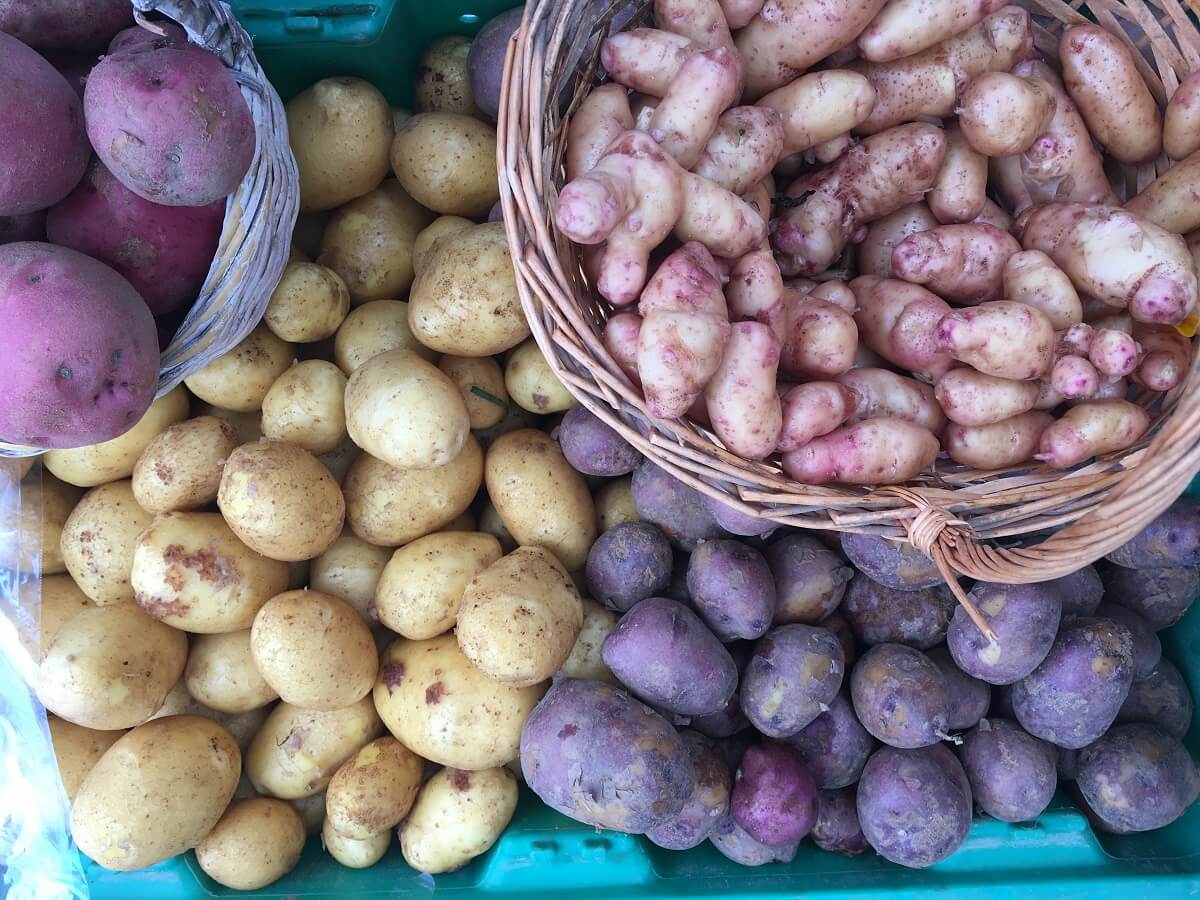
I suggest occasionally checking your stock and maybe turning them every once in a while. This will promote air flow as well as keep them from spoiling. Air flow is important because it allows the potatoes to dry fully and remove any moisture that can cause rot. If you catch a potato that is spoiling and remove it, you can save the rest from potential harm.
The temperatures I listed above are warmer than those of a refrigerator, yet cool enough to maintain freshness and quality, and keep them from sprouting.
Should You Refrigerate Potatoes?
No, no, no, no, no! I can’t stress enough how much fresher and tastier a potato is unrefrigerated. Refrigeration can change the look, texture, taste, and nutritional value of your precious tubers. The value and quality of the product can go down immensely, and you won’t be happy.
One study provided us with evidence that when potatoes are refrigerated, their antioxidant and vitamin C levels decreased. According to Science Direct, far more than antioxidant and vitamin C levels are affected by storing potatoes at incorrect temperatures. Refrigerating your tubers can make a big difference in the quality of the freshness: nutritional value, appearance, and taste!
Why Dark and Dry Storage Areas are Important
Keeping your potatoes out of the sunlight is crucial, especially for long-term storage. Sunlight and moisture encourage sprouting of baby spuds on your potato which can make it unusable. Have you ever seen a potato with greenish flesh? The green color is due to chlorophyll which is totally harmless for consumption, but chlorophyll is a warning sign of the presence of solanine.
Keep Solanine in Mind
Solanine is toxic. It has a bitter taste and can cause nausea, vomiting, and diarrhea. Solanine occurs naturally in many plants as a defense mechanism from insects and animals. It can be found in all parts of the potato plant.
As mentioned previously, moisture encourages potato spuds to sprout. The sprouts of the potato contain the highest levels of solanine and are a highly protective measure for future growth. It’s built-in protection which may be why the potato plant tends to be so versatile and hearty.
Not only can moisture help the potato sprout, but it can lead to mushy potatoes and the possibility of mold occurring. If your potatoes show signs of solanine or sprouts, don’t throw them out. You can simply peel the potatoes and cut away the sprouts and green parts.
This extra preparation will make the potato consumable again, but if your potatoes still taste bitter, toss them into the compost bin and count it as a loss unless you want to get sick!
These delicious tubers can be kept well for months as long as you know how to store potatoes properly. There’s nothing like having fresh produce all year round.
Happy Homesteading!


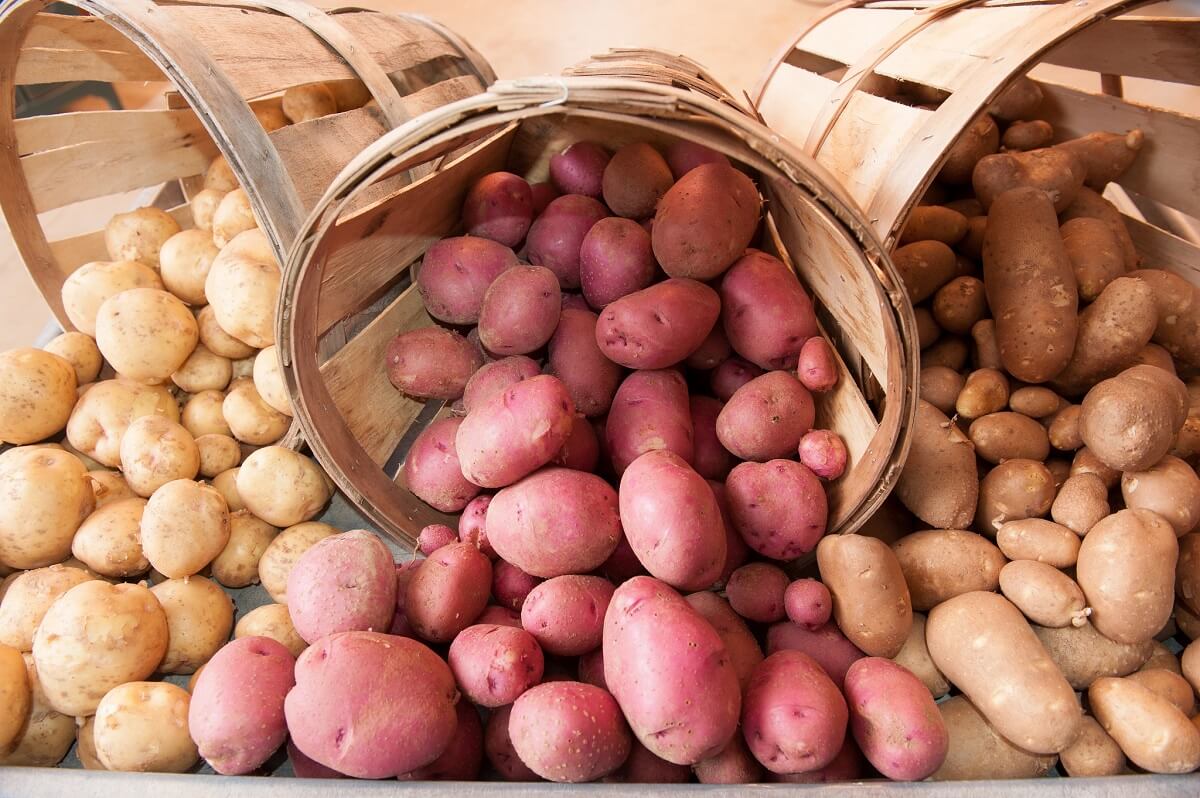
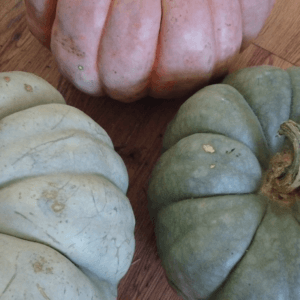



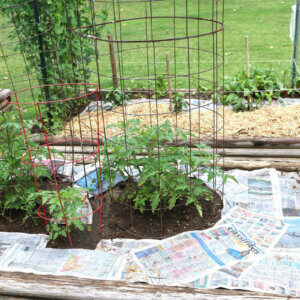








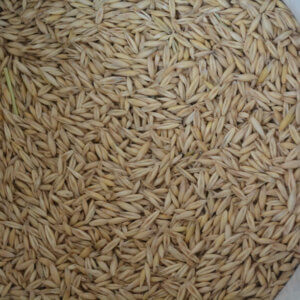



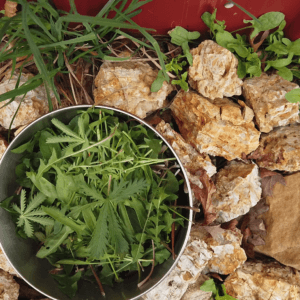


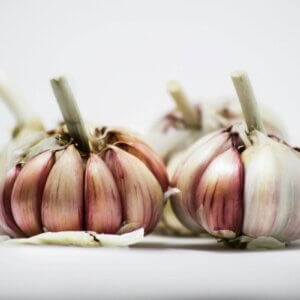
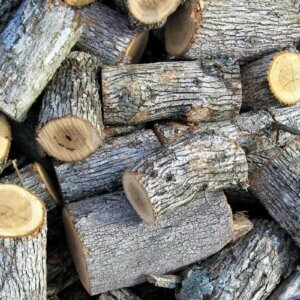

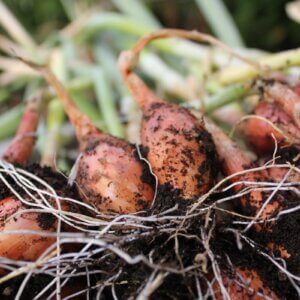






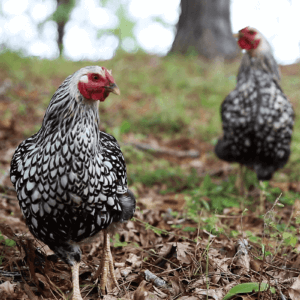


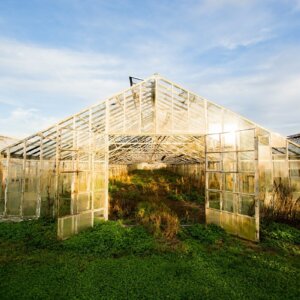
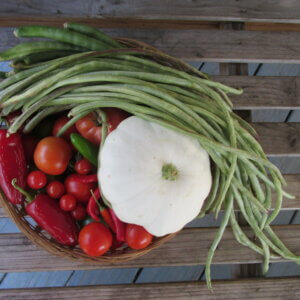
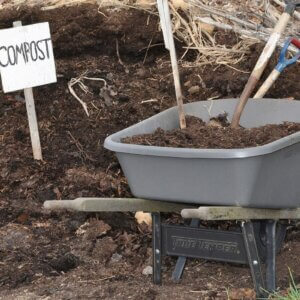


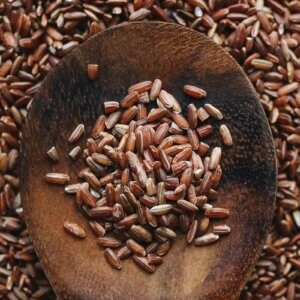
We live in Florida, house temps are around 75-78 with air conditioning. Do you still store out of the refrigerator? The only place to put them would be my pantry. How do you keep them from attracting bugs/roaches.